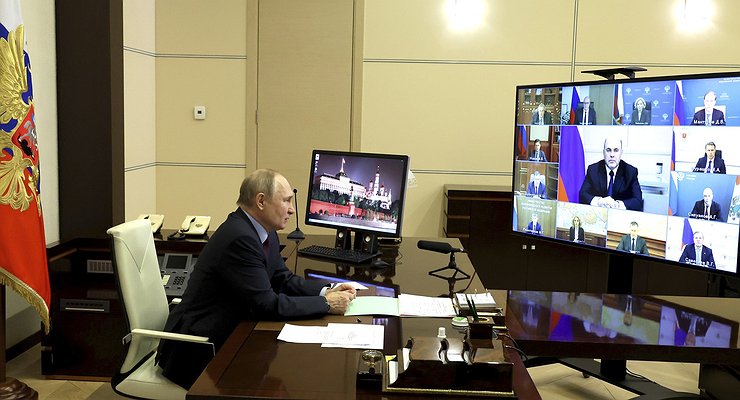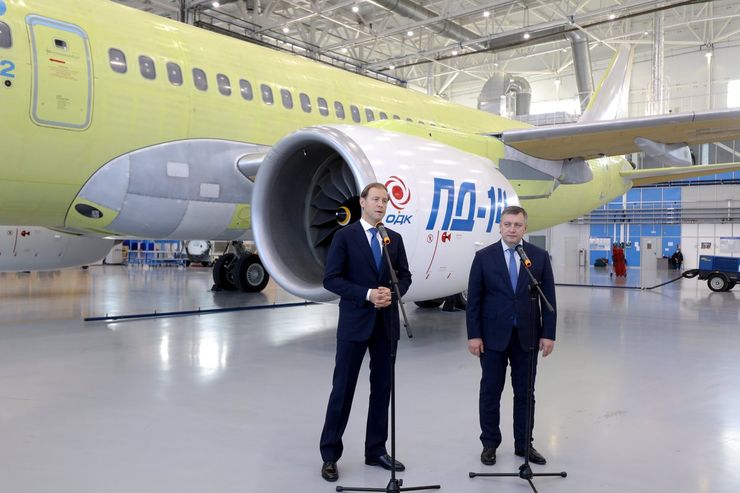And despite the frank act of castration, the main task of the strategy remains to create models with at least 80% localization by 2025, bringing the share of electric passenger cars to 20-30% by 2035. But this is not the most – how to say it softly? – interesting: the export of passenger cars in 2035 will be 15%! And they go to the countries of the EU, Africa, Asia and Latin America.
Such a strategy is unlikely to achieve these goals, nor should we expect a fall in car prices. On the contrary, they will continue to grow as the technology development of the industry has again been ignored by senior executives in the interest of resellers. True, in a conversation with representatives of Gazeta.ru, the head of the analysis bureau Russian Automotive Market Research, Tatyana Arabadzhi, assures herself: “If the exchange rate of the ruble is stable, car prices will not rise. Dealers are already saying that there are fewer people willing to buy even popular cars as their prices have risen significantly. That’s right, nobody needs these cars for free if we all get on horses together.
However, all is not yet lost. On January 10, Vladimir Putin did not meet with Manturov, but with the head of the Federal Antimonopoly Service, Maxim Shaskolsky. According to RT, he reported: “We have conducted a number of investigations, filed cases against metallurgists, against manufacturers of materials from wood, aerated concrete, glass. Investigations are underway. We can say that this is also the reason why the prices of a number of building materials are falling.”
Well, it was about time this department moved into the automotive business. Perhaps it will at least lead to taking into account not only the interests of the industrial magnates, but also the state and the people who live there?















